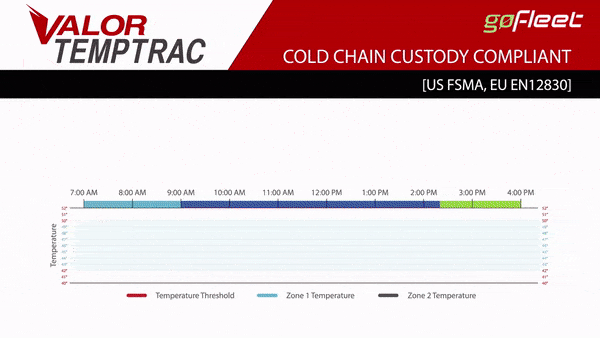Top 5 Things to Look for in a Reefer Temperature Monitoring System
With the release of the new US Food Safety Modernization Act, there is a huge increase in demand for reefer temperature monitoring systems. But with the release of this new mandate, it’s important to ensure the system you choose, is one that will keep you in line with the FSMA.
We’ve put together the top 5 things to look for when choosing a reefer temperature monitoring system, to stay in compliance with the FSMA – and get what’s best for you and your customers.
- Cold Chain Compliant
First and foremost, before looking any further make sure the system is in compliance with the US FSMA.
- Immediate Alerts for Out-of-Range Temperatures
What good is it having a reefer temperature monitoring system, if you don’t get immediate alerts when the temperature is out of range? Make sure the system you choose has the capabilities to send immediate alerts whenever the temperature in your reefers goes too high or too low, so you can act on it immediately to keep your transported goods safe.
- Temperature Recording in Small Increments
Sometimes the smallest change in temperature can have a big impact on the goods you are transporting. It’s important to look for a system that records in less than 1 degree increments.
- Real-Time Multiple Zone Temperature Tracking
The temperature in the front of the reefer may not always be the same at the back of the reefer. With multiple zone monitoring, you can ensure all good inside the truck are kept at the appropriate temperature.
- Remote & Easy Access to Up-to-Date Temperature Information
Real-time dashboard visualization and easily accessible detailed temperature reports are a critical component to keep your receiver happy, as well as comply with the FSMA reports required.
*Bonus Tip: Wireless sensors usually mean easier installation. Rather than pay expensive install fees, choose a system that your technician can easily install to keep costs down.
Questions? Feel free to reach out to [email protected]!

